Buransh Squash from Uttarakhand | Health Benefits And Easy Recipe
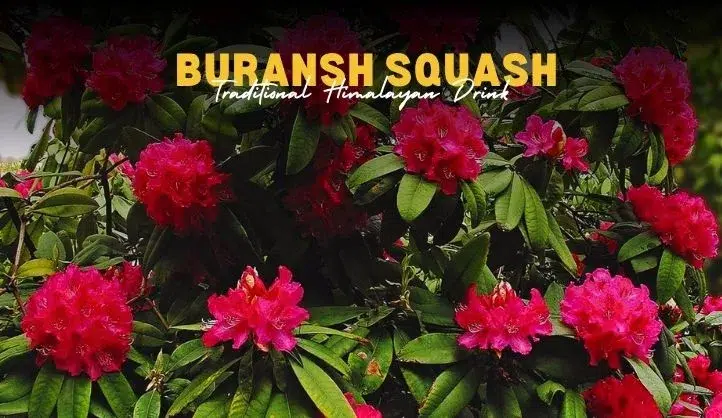
During spring, the hills of Uttarakhand turn red with beautiful Buransh flowers, also called Rhododendron arboreum. These bright red blossoms are not just known for their beauty, but also for their natural health benefits. For many mountain families, Buransh has been used for years to make a sweet and cooling drink called Buransh squash. This […]
20 Best Street Foods in Haridwar
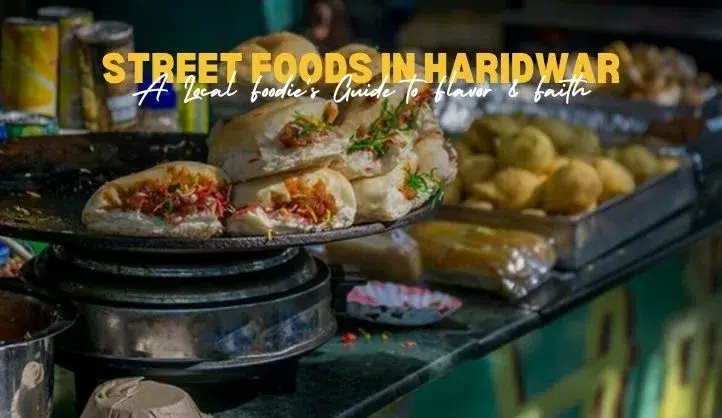
Haridwar isn’t just where the Ganga meets the soul—it’s where spices meet stories. As thousands arrive daily for Ganga Aarti, the bustling lanes of this spiritual city come alive with aroma, color, and flavor. From crispy kachoris to spiced kanji vadas and syrupy jalebis, the street food in Haridwar is an essential part of the […]
Kahwa | The Fragrant Elixir of Kashmir
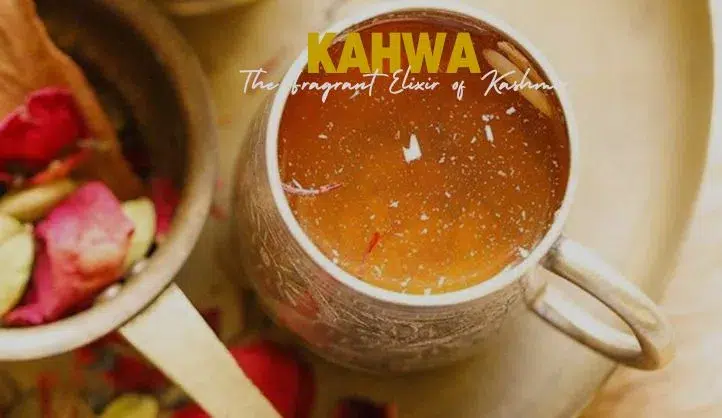
Kashmir, known as “Paradise on Earth,” is famous not only for its stunning landscapes but also for its rich cultural and culinary heritage. One of the most treasured beverages of this region is Kahwa, a traditional green tea infused with aromatic spices. Warm, flavorful, and refreshing, it is more than just a drink; it is […]
Khambir | The Heart of Ladakhi Bread

Ladakh, a land of rugged beauty and vibrant culture, is famous for its stunning landscapes and rich traditions. One of the most beloved foods of Ladakh is Khambir, a type of flatbread that holds a special place in the hearts of the Ladakhi people. It is not just food, it is a symbol of Ladakhi […]
Tingmo | Soft Steamed Bread from Ladakh

Ladakh, a region known for its stunning landscapes, unique culture, and rich traditions, is also home to a distinctive culinary heritage. Among the many traditional dishes of Ladakh, Tingmo stands out as a beloved and comforting food. Known for its soft, fluffy texture and versatility, Tingmo is a steamed bread that plays a central role […]
Chhutagi | A Traditional Taste of Ladakh
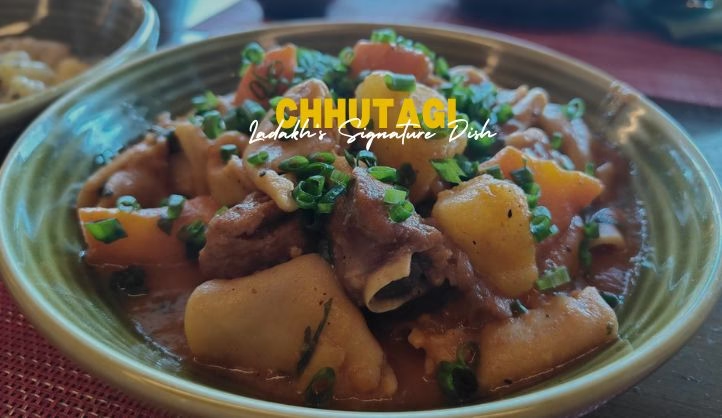
Ladakh, a high-altitude region known for its breathtaking landscapes and harsh winters, is also home to a rich culinary heritage. Among its many traditional dishes, Chhutagi stands out as a warm, hearty, and uniquely Ladakhi pasta dish. Chhutagi is more than just a meal. It is a dish that shows the heart and soul of […]
Mokthuk | Ladakh’s Hearty Soup
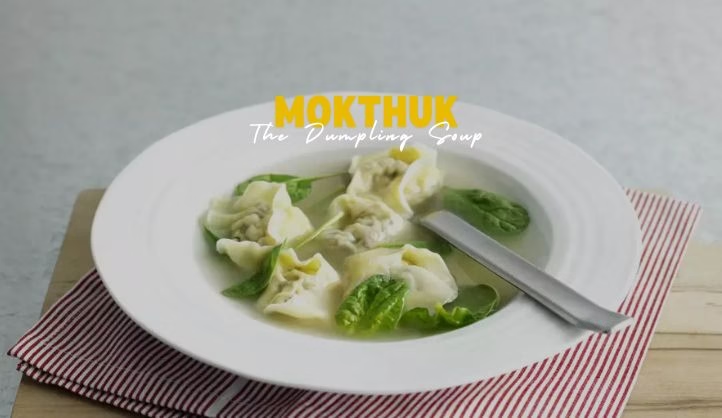
Ladakh, with its breathtaking landscapes and chilly winters, has a cuisine that’s as rich as its culture. One standout dish is Mokthuk, a hearty and fulfilling soup made with soft dumplings and a flavorful broth that’s perfect for the cold. Mokthuk is more than just food; it’s a comforting dish that reflects the warmth and […]
Skyu | A Traditional Ladakhi Delight
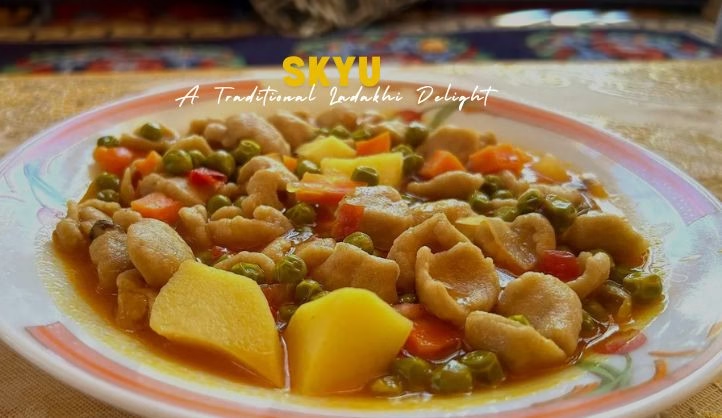
Ladakh, the land of high passes, snow-capped mountains, and vast deserts, is a region where nature’s beauty and the resilience of its people coexist in harmony. Alongside its stunning landscapes, Ladakh also has a rich and diverse culinary tradition that reflects the region’s unique geography and climate. One of the most beloved dishes in Ladakhi […]
Butter Tea (Gur Gur Cha) | A Traditional Ladakhi Beverage
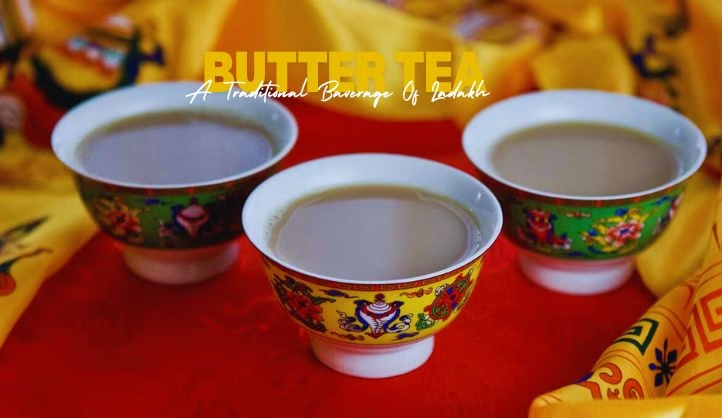
Butter tea, also known as Gur Gur Cha in Ladakhi, is a traditional beverage that holds a special place in the hearts of the people of Ladakh. This unique and flavorful drink is made from a blend of tea, butter, and salt. Unlike regular tea, which is typically sweet, it is a savory and creamy […]
Chhaang | The Cultural Drink of Ladakh

Chhaang is a traditional fermented barley beer enjoyed in Ladakh and other Himalayan regions. This locally brewed drink is an integral part of Ladakhi culture, served during celebrations, religious festivals, and social gatherings. It is not just a beverage but a symbol of warmth, hospitality, and community bonding in Ladakh’s cold and rugged terrain. The […]
